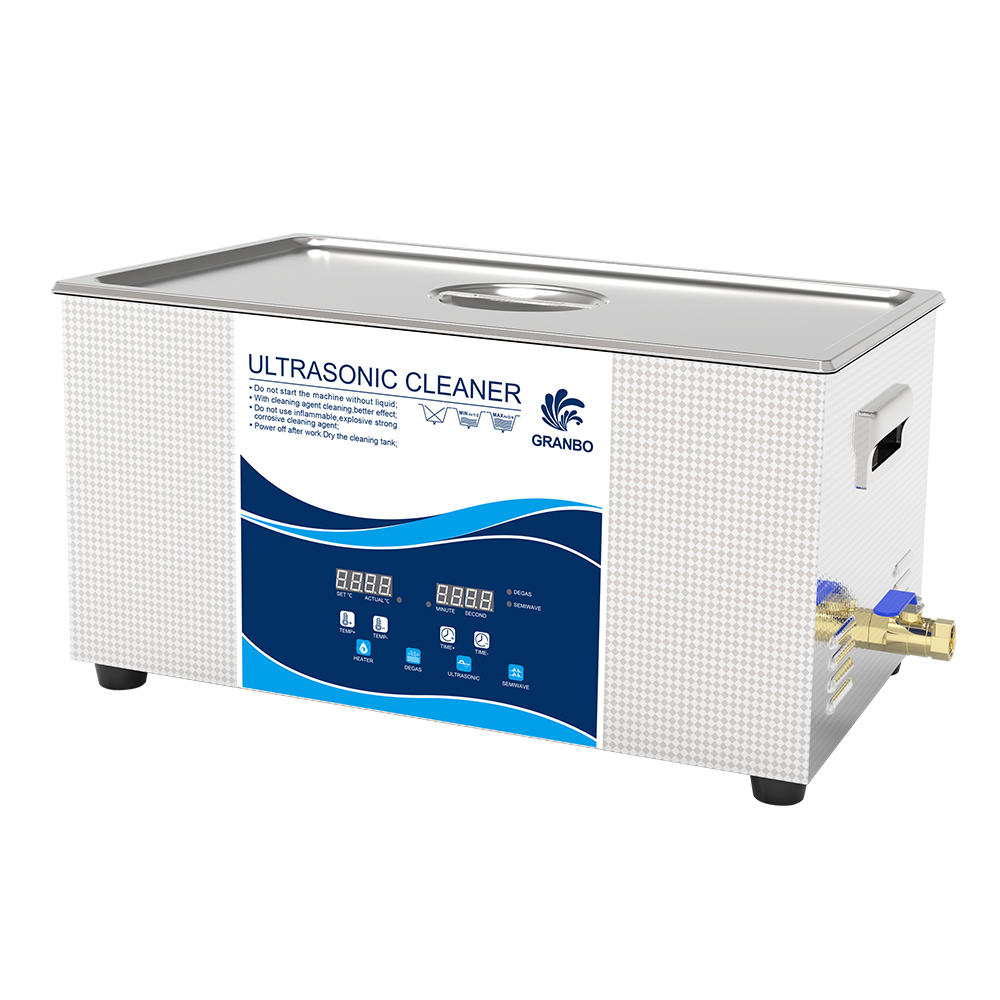Ultrasonic carbon deposit cleaning technology is a method that utilizes the physical effects generated by ultrasonic vibrations to create microbubbles in a liquid. These microbubbles collapse, generating shockwaves and eddies that effectively remove carbon deposits and dirt from surfaces. Widely employed in automotive, industrial, electronic, and medical sectors, ultrasonic carbon deposit cleaning technology offers an efficient solution for tackling stubborn carbon deposits and grime. This article explores several common ultrasonic carbon deposit cleaning techniques.
Automotive Engine Carbon Deposit Cleaning:
Ultrasonic technology is commonly employed to clean carbon deposits from automobile engines. By disassembling engine components and immersing them in a cleaning solution within an ultrasonic bath, the ultrasonic vibrations generate shockwaves and eddies that dislodge and remove carbon deposits, restoring the engine’s efficiency.
Industrial Equipment Carbon Deposit Cleaning:
Industrial equipment, especially those exposed to high temperatures and pressures, often accumulate carbon deposits and oil residues that affect their performance. Ultrasonic carbon deposit cleaning can be conducted without disassembling the equipment. Ultrasonic vibrations facilitate the penetration of cleaning agents into complex structures, effectively removing carbon deposits and enhancing equipment efficiency.
Electronic Device Carbon Deposit Cleaning:
Electronic devices, such as heat sinks and radiators, are susceptible to carbon and dust accumulation, which can impede heat dissipation. Ultrasonic technology effectively cleans these components, improving heat dissipation efficiency and ensuring proper device operation.
Medical Instrument Carbon Deposit Cleaning:
Medical instruments, like surgical instruments and blades, can accumulate carbon deposits that compromise their hygiene and longevity. Ultrasonic carbon deposit cleaning ensures the thorough removal of carbon deposits without damaging the instruments, maintaining hygiene standards and safety.
Manufacturing Industry Cleaning:
Ultrasonic carbon deposit cleaning finds application in manufacturing industries, where molds and tooling fixtures may accumulate carbon and oil residues. This buildup can lead to quality issues. Ultrasonic cleaning efficiently removes these contaminants, ensuring product quality.
Conclusion:
Ultrasonic carbon deposit cleaning technology utilizes the power of ultrasonic vibrations to generate shockwaves and eddies that effectively remove carbon deposits and dirt from various surfaces. Widely utilized in automotive, industrial, electronic, medical, and manufacturing sectors, this technology enhances equipment performance, prolongs longevity, and ensures cleanliness.



